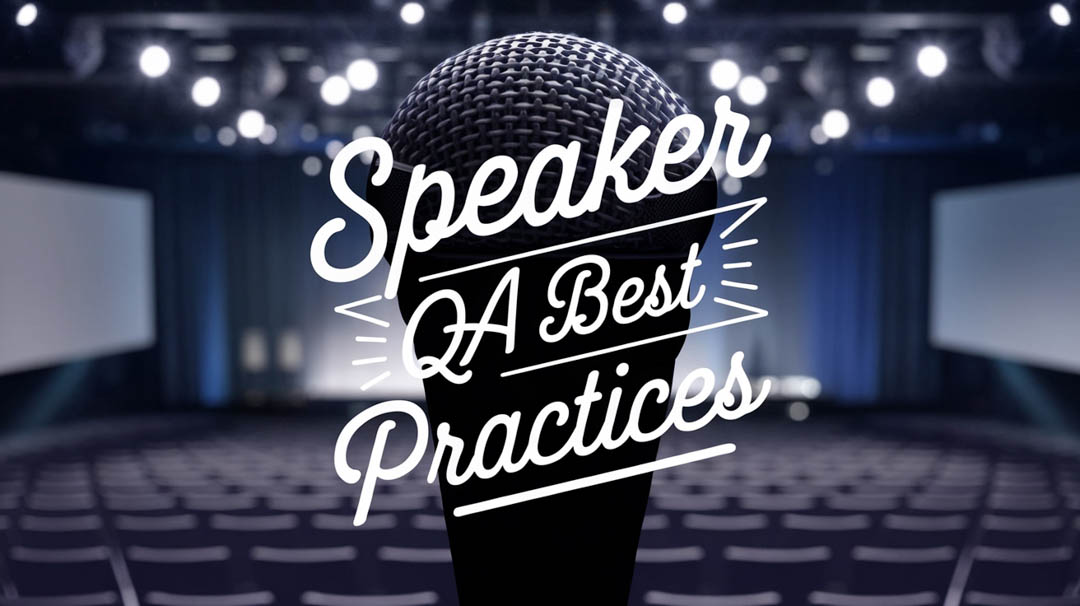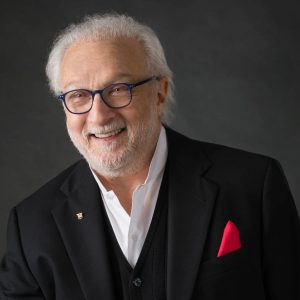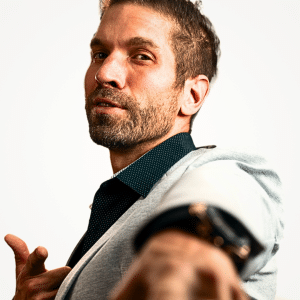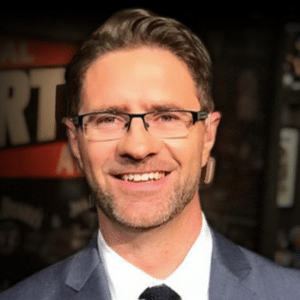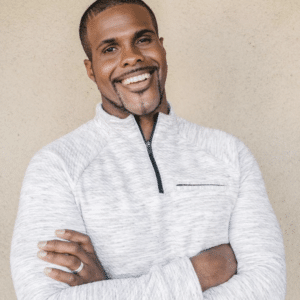You’ve prepared your keynote speech, but the real test often comes during the Q&A session. As a speaker, you’ll need more than just subject expertise to navigate this pivotal part of your presentation. Whether you’re facing a room of industry veterans or addressing remote participants, your ability to handle unexpected questions and engage your audience effectively can make or break your impact. Let’s explore the essential practices that’ll help you master this challenging yet rewarding aspect of public speaking.
Planning and Preparing for Effective Q&A Sessions
Every successful keynote presentation hinges on a well-planned Q&A session. You’ll need to prepare thoroughly by understanding your audience’s background, anticipating potential questions, and structuring your responses in advance. Consider breaking your keynote into two distinct segments, with a dedicated Q&A portion that can be separately marketed in the event program. Some audience members may use social media platforms to engage with your content during the presentation. Having strong presentation skills is essential for delivering impactful responses that resonate with your audience.
- Practice answering questions out loud to improve your delivery and confidence
- Work with a skilled moderator to manage time and maintain session focus
- Use high director-style chairs or different staging to signal the shift to Q&A
- Maintain eye contact with questioners to create genuine engagement
- Prepare smart, concise answers to likely questions while staying flexible
Remember to stay current with industry trends and be ready to handle unexpected questions with poise and expertise. Your preparation will show through in the quality of your responses.
Managing Time and Audience Flow During Q&A
When managing a Q&A session effectively, you’ll need to strike the perfect balance between time management and audience engagement. Studies show that structured time management can boost task completion success by 57%, while active audience participation increases satisfaction rates by 40%. Given that 82% of people lack a structured time management system, having an organized Q&A approach is crucial for success.
Breaking your presentation into smaller segments with brief Q&A intervals can dramatically improve audience interaction and message retention. Like Certified Speaking Professional Marvelless Mark demonstrates, incorporating interactive experiences can transform ordinary sessions into memorable events.
- Segment your Q&A time blocks into 15-minute intervals for ideal flow
- Prepare backup content in case of limited audience questions
- Use public chat interfaces for technical presentations to streamline question collection
- Clearly communicate the Q&A format to set proper expectations
- Redirect off-topic questions diplomatically to maintain session focus
Remember to create an inclusive environment that encourages participation while using interactive elements like polls or discussions to keep the momentum flowing.
Handling Challenging Questions and Difficult Situations
Successfully handling challenging questions requires mastery of several proven techniques that can transform potential confrontations into opportunities for deeper engagement. You’ll boost your credibility by up to 50% when you employ strategic pausing, question clarification, and respectful acknowledgment. Even the most experienced speakers struggle with impromptu audience questions during Q&A sessions.
When faced with questions you can’t fully answer, be honest and offer to follow up later – this builds trust and maintains your professional integrity. Drawing from his shark attack survival story, Brett Connellan demonstrates how authenticity during Q&A sessions can create powerful connections with audiences.
- Use the pausing technique to gather your thoughts before responding
- Repeat complex questions to guarantee understanding and buy thinking time
- Break your speech into two distinct sessions using a moderator
- Practice handling difficult scenarios to improve confidence by 75%
- Prepare for potential questions in advance to increase effectiveness by 30%
Techniques for Engaging Remote and In-Person Audiences
Modern keynote speakers face a unique challenge in today’s hybrid world: engaging both remote and in-person audiences simultaneously. You’ll need to master both traditional and digital engagement techniques to create an inclusive experience for all participants. By incorporating live polls, interactive Q&A sessions, and augmented reality experiences, you can maintain audience attention across different platforms. According to research, speakers who prepare key responses beforehand demonstrate significantly higher effectiveness during hybrid Q&A sessions.
Use storytelling and relatable anecdotes to create emotional connections with both audience types. Integrate real-time audience feedback through social media and virtual response systems. Leverage visual aids that work effectively for both in-person and remote viewers. Entertainment keynote speakers often excel at creating engaging hybrid experiences that keep audiences fully invested. Create theatrical moments that translate well across different viewing formats. Implement breakout discussions that accommodate both physical and virtual participants.
Remember to adapt your presentation style based on venue size and audience composition, ensuring everyone feels equally involved regardless of their location.
Following Up and Leveraging Q&A Feedback
The Q&A session marks a critical turning point in your keynote presentation, but your job isn’t finished when the last question ends. Research shows that speakers who effectively follow up and leverage feedback see a 30% higher attendee satisfaction rate. Building a practicing Q&A crew will help you prepare authentic responses and handle unexpected challenges with confidence. You’ll want to analyze audience questions, document common concerns, and plan strategic follow-up communications. Whether you’re a business leadership speaker or digital illusionist, mastering post-event engagement is crucial for long-term success.
Set up a dedicated email address or web portal for additional questions that arise post-event
Create a summary document addressing frequently asked questions from your session
Review recorded Q&A segments to identify areas where you can improve your delivery
Use audience feedback to refine your content and speaking style for future engagements
Establish a follow-up schedule to share additional resources or insights with participants
Inspire Through Expert Voices
When selecting expert voices to enhance your keynote presentation, it’s crucial to align their insights with your core message and audience expectations. Choose authorities who’ll strengthen your credibility and bring fresh perspectives to your topic. You can incorporate expert voices through video clips, direct quotes, or live virtual appearances.
Draw from CSA’s diverse speaker roster to find relevant industry leaders, thought pioneers, and subject matter experts who complement your presentation style. Whether you’re discussing business strategy, technology innovation, or leadership development, you’ll want to feature voices that resonate with your audience’s needs. Remember to properly credit your sources and provide context for each expert contribution. This approach adds depth to your message while demonstrating your connection to leading voices in your field.
Expert Speaker Connections Worldwide
Building global speaker connections requires strategic networking and cultural adaptability, especially when presenting to diverse international audiences. You’ll need to understand local customs, communication styles, and business etiquette across different regions to make meaningful connections.
Start by leveraging professional speaker bureaus like CSA that have established networks in multiple countries. They can help you navigate cultural nuances and connect with relevant audiences worldwide. Focus on developing cross-cultural presentation skills and adapting your content to resonate with different market needs.
Consider joining international speaking associations and participating in global conferences to expand your reach. You’ll also want to build relationships with event planners and corporate decision-makers who organize international events. Maintain an active online presence through professional social networks to showcase your expertise to a worldwide audience.
Final thoughts
You’ve now got the tools to deliver exceptional Q&A sessions that’ll leave lasting impressions. Remember to prepare thoroughly, manage your time wisely, and handle challenging situations with grace. Whether you’re connecting with in-person or remote audiences, focus on creating meaningful interactions through storytelling and engagement. Don’t forget to follow up and incorporate feedback – it’s your key to continuous improvement and growing success as a keynote speaker. Additionally, be sure to align your content with the audience’s interests and the overarching objectives of the event, matching conference themes and speakers. This thoughtful approach not only enhances relevance but also deepens the impact of your message. Remember, the ultimate goal is to inspire and empower your audience, creating a shared experience that resonates long after your session has concluded.
Corporate Speaker Agency (CSA) is a premier international speaker bureau with offices in the UK and Las Vegas, connecting organizations with world-class keynote speakers and talent since 2015. Our team of seasoned event professionals brings over two decades of industry experience to curate exceptional speaking engagements for Fortune 500 companies, government agencies, and educational institutions worldwide.
As pioneers in conference speaker sourcing across the USA and UK, we represent an elite roster of industry experts spanning business, technology, innovation, leadership, and entertainment. Through CSA and our sister company Corporate Entertainment Agency, we provide comprehensive talent solutions including keynote speakers, motivational experts, entertainers, and event facilitators.
Our commitment to excellence and deep understanding of client needs has established us as a trusted partner in creating impactful corporate events, from high-stakes conferences to intimate team-building workshops. With access to thousands of distinguished speakers and entertainers, we pride ourselves on delivering precisely matched talent for any occasion and budget.

